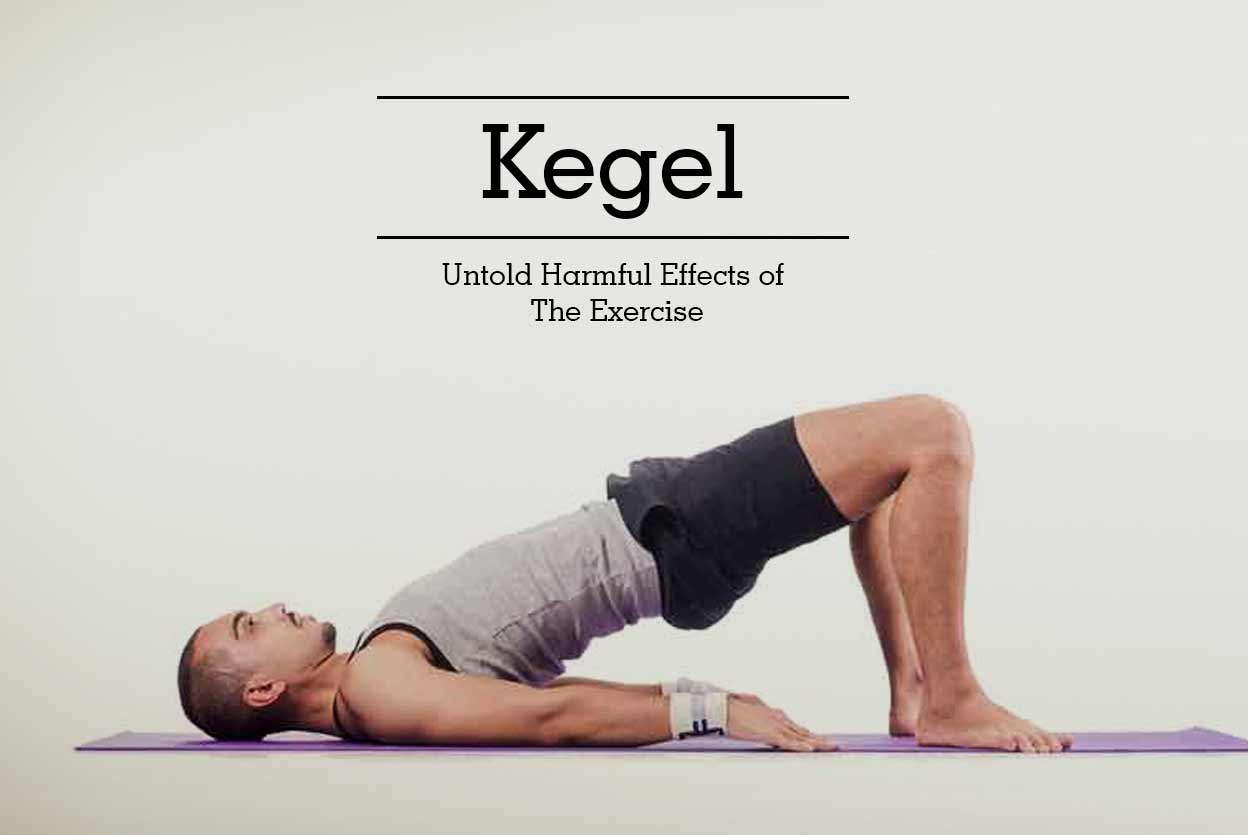
If you’re not an athlete or serious exerciser and just want to work out for your health or to fit better into your clothes, the gym environment might be intimidating and stressful. What are my optimal exercises? How will I manage my time?
The very act of passing by treadmills, stationary cycles, and weight machines can be enough to send you directly back to your sofa.
Yet some of the healthiest athletic hobbies may not require a gym membership or training for a marathon. These “exercises” are excellent for your health. They will assist you in maintaining a healthy weight, enhancing your balance and range of motion, strengthening your bones, protecting your joints, preventing bladder control issues, and even preventing memory loss.
[toc]
Protect your brain from this dreaded medical condition that can be incapacitating or fatal.
Whether you have experienced a mini-stroke, a large stroke, or have been warned that your high blood pressure may lead to a future stroke, specialists at Harvard Medical School condense the latest research and offer guidance to help you prevent or manage with a stroke.
Regardless of your age or fitness ability, these are some of the finest exercises you can use to get in shape and reduce your disease risk:
[toc]
1. Swimming
One may argue that swimming is the best workout. The buoyancy of the water supports your body and relieves pressure from aching joints, allowing you to move more smoothly. Dr. I-Min Lee, professor of medicine at Harvard Medical School, adds, “Swimming is beneficial for those with arthritis because it’s less weight-bearing.”
According to research, swimming can also help your mental health and boost your happiness. Another alternative is water aerobics. These classes burn calories and tone the body.
2. Tai chi
This martial art from China that blends movement and relaxation is beneficial for the body and mind. In fact, it has been referred to as “moving meditation.” Tai chi consists of a series of beautiful movements that flow seamlessly into one another. Tai chi is accessible and beneficial for people of all ages and fitness levels since it is taught at a variety of skill levels. “It’s especially beneficial for the elderly since balance is an essential component of fitness, and we lose balance as we age,” adds Dr. Lee.
Take a lesson to assist you in getting started and learning the correct format. You can find tai chi classes at the YMCA, fitness club, community centre, and senior centre in your area.
3. Resistance training
Contrary to popular belief, strength training is not a manly exercise. Lifting light weights will not build muscular mass, but it will maintain muscle strength. “If you don’t use your muscles, they will weaken over time,” explains Dr. Lee.
In addition, muscle helps burn calories. Dr. Lee states, “The more muscle you have, the more calories you burn, making it easier to maintain your weight.” Similar to other forms of exercise, resistance training may also assist retain brain function in old age.
Before beginning a weightlifting programme, it is important to understand the correct form. Begin with one or two pounds. You should be able to easily raise the weights ten times. After a couple of weeks, this should be increased by two pounds. If you can lift the weights over the whole range of motion more than 12 times without difficulty, you should increase the weight significantly.
4. Walking
/GettyImages-1061745418-e91c3dd01a0f4dc3a8a80f12222a0644.jpg)
Walking is simple and effective. It can help you maintain a healthy weight, increase your cholesterol levels, strengthen your bones, control your blood pressure, enhance your mood, and reduce your risk for a variety of ailments (diabetes and heart disease, for example). Numerous studies have demonstrated that walking and other physical activity can enhance memory and protect against age-related memory loss.
You only need a pair of well-fitting, supportive shoes. Start by walking for 10 to 15 minute intervals. Over time, you can walk further and faster, until you’re walking 30 to 60 minutes each day on the majority of days.
5. Kegel exercises

These exercises will not improve your appearance, but they will strengthen the pelvic floor muscles that support the bladder. Strong pelvic floor muscles can prevent incontinence to a great extent. While many women are familiar with Kegel exercises, males can also benefit from them.
To perform Kegel exercises properly, contract the muscles you would use to prevent passing pee or gas. The contraction should be held for two to three seconds, then released. After the contraction, be sure to totally relax your pelvic floor muscles. Several times. Aim for four to five sets daily.
Many of our recreational and occupational activities qualify as exercise. Yard raking qualifies as physical activity. Also, ballroom dancing and playing with your children or grandchildren. As long as you engage in at least 30 minutes of aerobic exercise each day and two days of strength training per week, you can be considered a “active” individual.
Read More Like This Here






